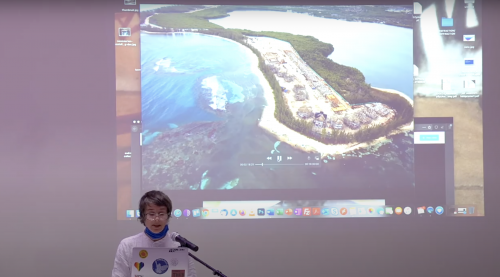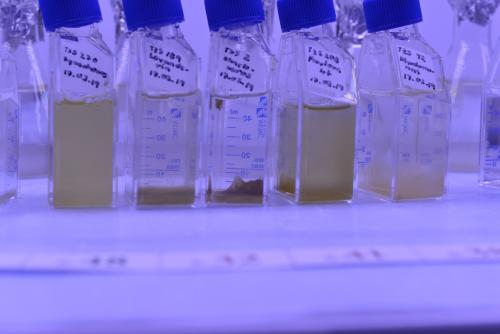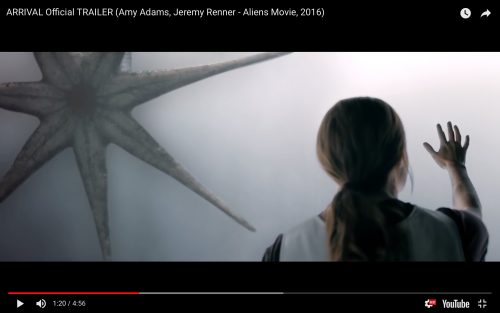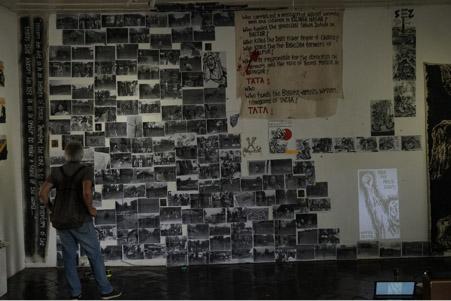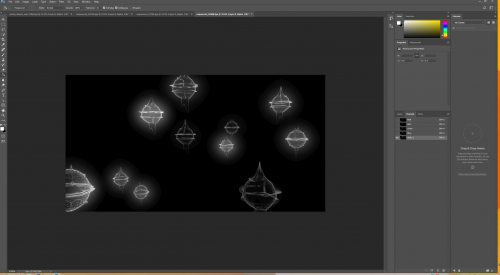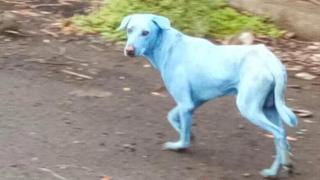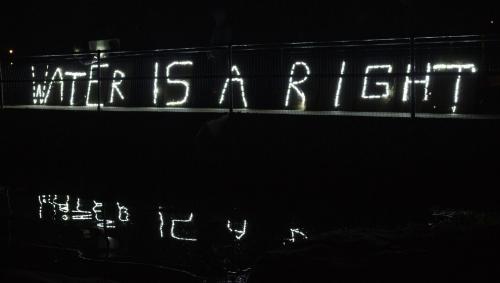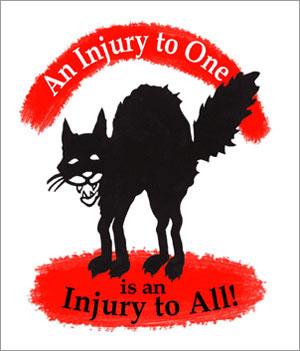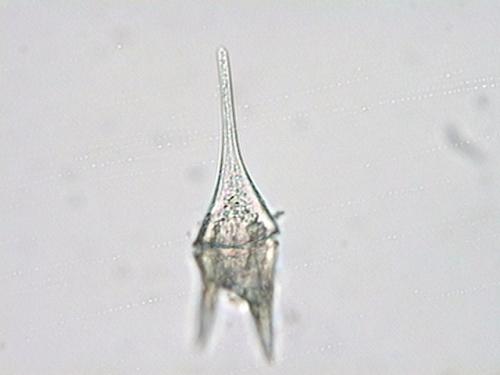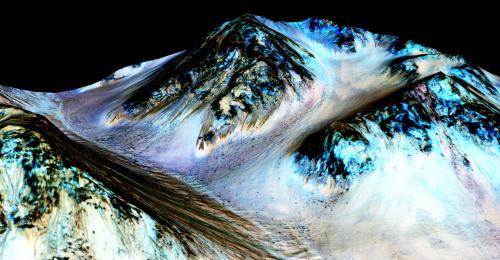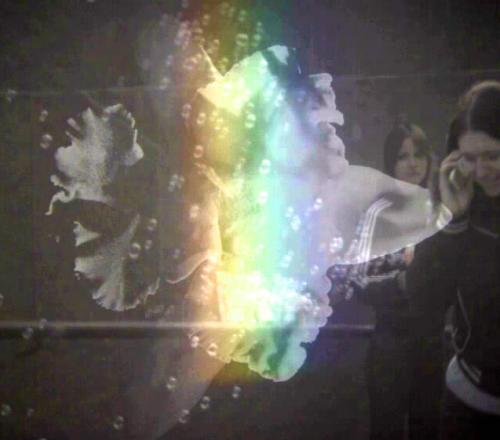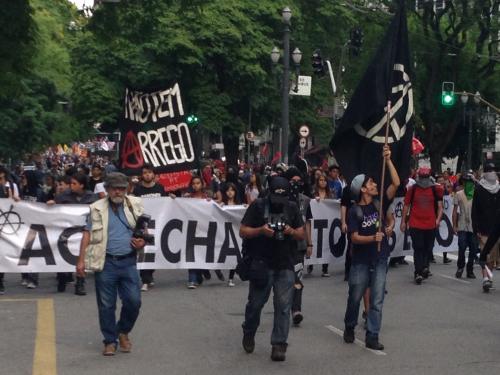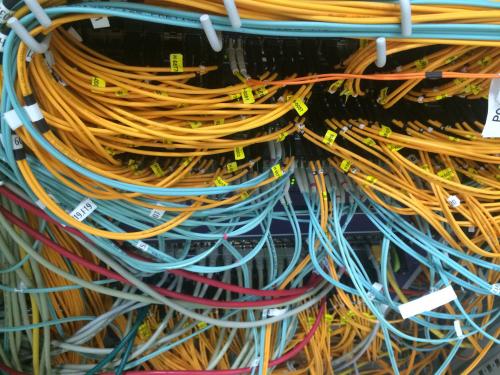Transcript of the performance gathering for healing as a NODE at Avant Garden Theatre in Trondheim 2018
Unni speaks in Sámi
I have this other language, Sámi. It is really interesting to have been invited here today and to talk about what matters to a level that we belong to, to be living off what the earth provides, without affecting it.
One can say it is a simple way of living, to only harvest. We do not sow. The males, reindeer herders follow the flocks trough the whole year. When herding the reindeer we also are protecting mother earth. We are protecting the nature, where we live our lives, which is based around reindeer in this area. I am a Mother of four, and I’m from Gåebrien sijte around the area of Røros, I would say. Home is where the reindeers are, wherever it is following the seasons. During spring we are in the Selbu mountains where the calves are born.
The reindeer are following what nature gives, and choosing their grazing land and herbsdepending on the growth of different plants, and heights of the terrain. The whole families are not following the reindeer in the same way as before. So you can say, the present does some changes.
Because we live in a modern society, our children need education. They need to be in school, and should be in a kinder-garden from when they’re born. I have taught our children at home, with Sámi as the everyday language, and the goal being that they will speak Soutsámi, since this wasn’tan offer elsewhere.
They have themselves. It is hard to keep track of all the young, but I am a very deep and wide thinker and act on that. When I say I kept our children in the home, I’ve done that because one has oneself as a resource, and that’s what we are talking about today. Here are many individuals, and we can say that we can act as a group, but everything depends on oneself, that I am really taking place in the situation and the need of acting myself.
We are born with a fire inside, to protect our livelihood. We live of the reindeer herds, we live of mother earth, we live near the nature, we gather berries, we fish. It all depends on us taking action. We do it ourselves. We choose if we want to change our lifestyle. I have chosen to stay in this one. We are now faced with this being talked about as conflicts.
4 years ago and until 2018 I was the leader of Gåebrien sijte, several families that have our Sijte, in the north towards the town, Trondheim, and around Røros, and further south to Femund. As a leader I choose to do things in another way, to talk more about the holistic. To talk about the foundation which supports us all. Everything changes quickly nowadays in the big community. Doing things in the same way as usual wouldn't give any difference. To change things you must do what isn't done before.
To open the doors, explain that we are not in conflict, we just want to be left in peace, that is something the Sámi have always done.
To put it this way; I am a person of two people, my mother’s people are not Sámi, my father's people. Perhaps it give an opportunity more easily open the doors to the fact that we have to put Sámi terms at the agenda, not hide but solve problems together. It shows that conflicts rather are dilemmas.
We have to identify the problems where they are, and that is not with us. We live on nature’s premises.
It’s crucial to speak clearly about this issue, that it is complex. It’s getting more structured. You see it in media, in schools. It’s taught that the Sámi are in a way something outside of Norway, but Sámi belongs to Norway.
People don’t want this too close.We know that the populations require even more space. Sámi reindeer herding are still here, and in the fact we have a lot to contribute.The reindeer an Sámi have been living in this area for over thousands of years. Always, the life and culture around the reindeer.
We slaughter in a special way, when we slaughter ourselves. My husband built a mobile slaughtery, and it’s authorized. We can sell the meat, and also we can take the skins, the leg skin, to sew shoes. We do not cut as commercial slaughteries. From the muscles, we spin thread, like they have been doing for 10 000 years. I have been learning from my grandmother how to spin reindeer muscles to thread, and to sew with it.
The reindeer meat is not allowed to be called organic because of their metabolism and its structure. It really is organic meat, and I have never been understanding this why the government refuses. Because reindeerlive free in the nature, and we don’t change the nature. They live of lichen, herbs and gras. The reindeer is the only deer that has the bacteria in their stomach that can split the amino acid order into protein, and build muscles: and it’s the only deer, not moose, not anyone. And we can’t call the reindeer meat organic, that’s the big discussion.
I talked about that everybody and we is burning for a better future. Everybody. But we have to start with ourselves, or continue with ourselves. Because lots of people try to live like we are doing, and try to have the same ideas, but I understand that when you live in a community, you have to be usual, like everybody else. Perhaps that’s the big dilemma. We don’tdare to be ourselves, to live our lives. We have our life now. We have to form it ourselves.
One year ago inSelbu in September 2017 we had a protestceremony against building the windmill-industy up in the reindeer areas near the Mountains. From first nations, Columbia and Guatemala, several indigenous people came to help us, to show that we have to take care of mother earth. They came to make us a ceremony for mother earth in protection of Stokkfjellet, where TrønderEnergi and Stadtwerke München want to build windmills now. NVE (The Norwegian Water Resources and Energy Directorate) have allowed it in this area, but the declaration of accession has not yet been given.
Because this is a importent area where our female reindeer give birth to the calves.
So we had the ceremony, a circle with lights, stones, flowers and reindeer antlers. It was a very nice homage for the life we live, to get this visit from Columbia and Guatemala, to have this ceremony: for the mountains and to honor the Sámi reindeer grazing land. We can see now that a map has been made, where the companies want to build windmills: In the South and also from Femund and up North. It coincides with several reindeer grazing lands all the way up to where Jovsset Ánte Sara is now sitting protecting his reindeer, and his family, against the forced reduction of his reindeer herd.
They say that the reindeer are ruining the plains. But they are not. Instead the government is making space for companies really mineral extraction and windmills that ruin the terrain up the hills in order to develop industry.
So these are big things: This subject is growing stronger and more powerful. Norwegian media have not been conveying, and the schools have not been teaching the people, that there is ways of living here, and people that have been living here and protecting these areas. And now the power giants move in, moving green licenses into the politics.
SMW: How do you see the future of the connections and what can be done?
UF: I am sure that we have to exist in these areas with our lives where we are connected with the reindeers and the areas which are mountains and hills. The reindeer and their livelihood connected depend on living in these areas and so do we. And then it won’t be a place for more exploitations.
SMW: It is very important that people do understand and take the effort to stand up against exploitation.
UF: Yes, we need to inform, so that people can understand. Because what we take from mother earth is not growing again… It’s important for the Sámi to keep on being able to live the life we have been living for ages: the tradition with the reindeer and the life with nature. It’s an identity: a closeness to the mountains and the nature.
We see now that a lot of giant industries companies and a lot from foreign countries want Norwegian landbut it is not for sale. NOT FOR SALE.
SMW: There are more law cases in Norway and the energy companies won already many of them at least around Trondheim for example.
UF: Maybe you have heard about it. Because yesterday in United Nations Office in Geneva they have begged Norway to stop building the windmills and asked Norway to respect the indigenous people.
We don’t need the electricity here in Norway. This electricity is not necessary here anyway: it will go abroad.
And where will the money be going?
Who are the people that will get the profit?
It’s not the communities here and the people here will not get rich from this. The cables are built to send the power abroad to make more and more money. But we don’t need to do this we have enough energy. The nature and we can not afford this.
SMW: Why is there not more consciousness and awareness in Norway about this. As I understand the country lives so much from what they consider nature and tradition as well as the Sámi culture.
UF: Because the Norwegians have put the Sámi people outside the society. You can’t hardly learn about Sámi in schools you can’t hardly hear about us in the Norwegian media. They think we live up far in the north only. But that is not true. We do not only live in the north but also in the south. Our culture is put outside and that is dangerous in a way: the people in Norway they are not aware of what is happening. But we exist. We have the same way to live since ages and that means when we talk about reindeer it’s not only about meat it’s a lot of more… the leg skin and sew with the muscles and spinning the thread, and there is no other way to do it. We use to say, All we need we can get from the animal.
And it is our duty to pass this on. Indigenous people have rights and duties to bring this on to the new generations, they who come after us.
SMW: How big is your community and the reindeers at the moment?
UF: We aren't only ten families, it's about thirty families South of Trondheim … The size of the herds depends on before or after slaughtering we are a few thousand all together. You have to cooperate to get everything done within the year to mark the calves, to look after them every day and then to slaughter and so on.
SMW: Can you tell more about the way they migrate and how this works? They walk the land?
UF: Our herders are used to be following the herds. The reindeer are always moving because they live like this. They don’t live at one place, they have to get to new vegetation and that’s why they move, that’s why the meat becomes even more healthy and strong and they give us what we need. We also make knifes and many kinds of Sámi Handicrafts, a genuine indigenous heritagethat we pass on.
SMW: So it’s a circular movement and not a one way. Each part of the animal has a place.
UF: Yes, to something, but Norway has a law and a system that dictates what is meant to be ecologic and according to that reindeer is not ecologic. So it’s put to a side and outside of what is promoted as ecologic today.
Even when something, like clothes or my bag sewn of reindeer skin, are put aside, if I throw it, it will get back to the nature as nutrition, and it will compost completely.
SMW: How did you learn about your traditions?
UF: From my grandparents and my parents. My father has been an important person in the fight for our rights and protecting the grazing areas and the reindeer as we have come to all these conflicts with the land. First there has become more and more agriculture, which took the land away from the Sámi. The Sámi have followed the reindeer even when the ice melted, many, many years ago. That is an important history. Tacitus who lived year 98 before Christ wrote about this and the people he called Skridifenni, that followed the reindeer. He described how they moved with the skis: one long and one short ski and the short one that was made with skin underneath.
Unni Fjellheim was for three years the leader of the reindeer herders of Gåebrien Sijte, north of Røros. She and Susanne M. Winterling met for the first time through the introduction of Sissel Bergh when Susanne was preparing a NODE intervention for Avant Garden Theatre in 2018. That’s where Unni was invited by Susanne to give a speech.
Just having arrived in Trondheim at a new research position Susanne came across the ecological conflict/debate outside of Trondheim (Stokkfjellet and Selbu). This situation is similar to an area in Kirkenes where Susanne was working on a piece for Barents Spektakel. Moreover the conflict situation had a very clear similarity pattern to Upper Franconia where she has been growing up and where now the farmers are protesting against pipelines planned through the land. These pipelines are then fuelling energy into the cities. The farmers are forced to give their land for the energy companies making investments and infrastructure for further exploitations.
The talk by Unni was further developed into a conversation by more meetings. It should also be noted that Unni spoke a mix of Sámi, Norwegian and English but was very insisting on this being a message for more communities and places around the world as she explains in the talk.
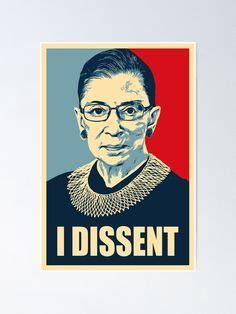
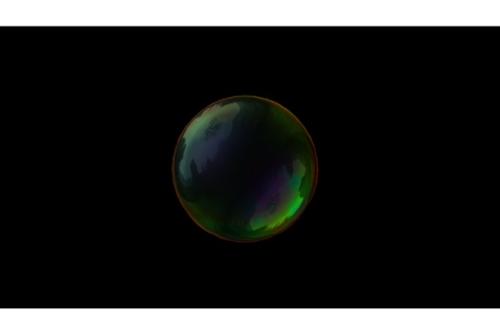
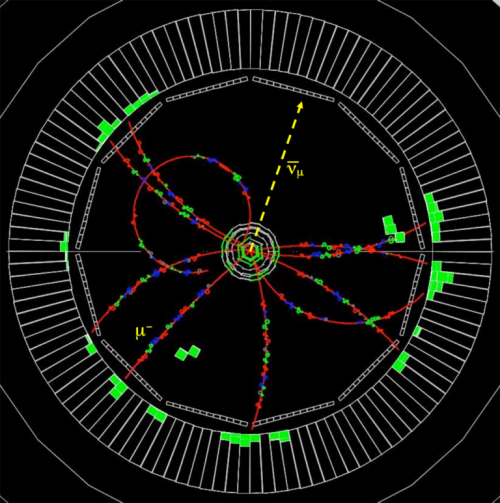
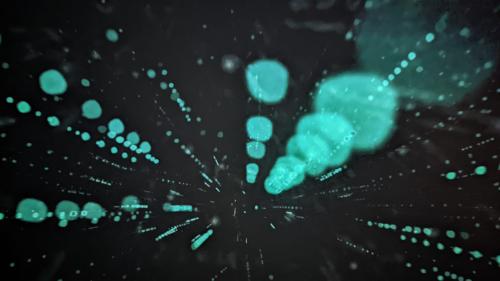
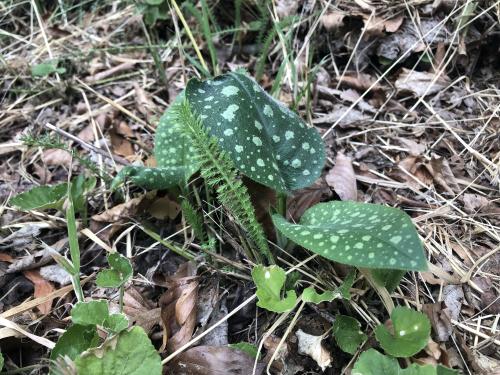
![Blackwash [working title]](/sites/default/files/styles/medium/public/56fe8ebf-7f16-4486-a251-6d85b1e906c3_4_5005_c.jpeg?itok=rIFeYRMo)
